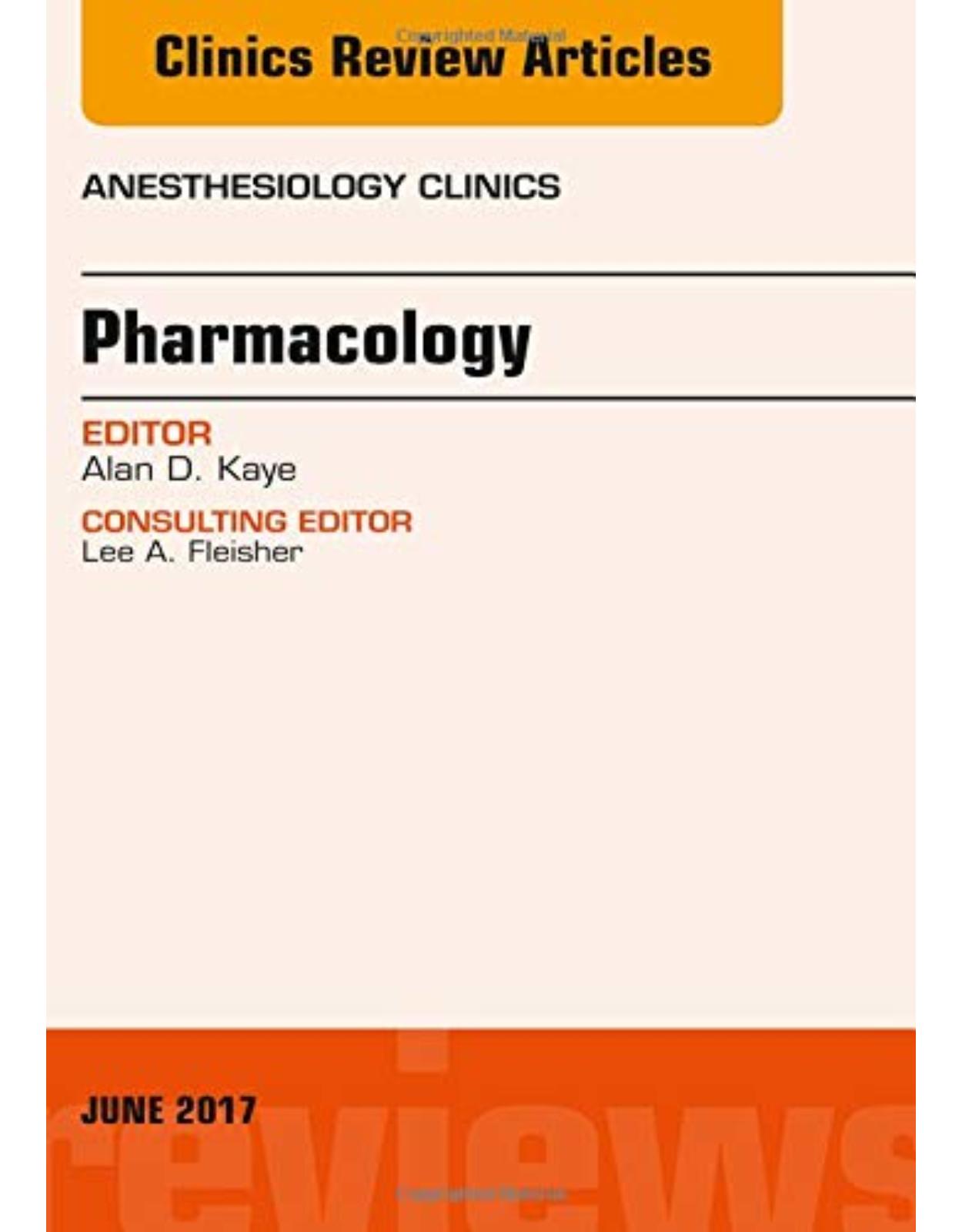
Pharmacology, An Issue of Anesthesiology Clinics, 1e: Volume 35-2 (The Clinics: Internal Medicine)
Livrare gratis la comenzi peste 500 RON. Pentru celelalte comenzi livrarea este 20 RON.
Disponibilitate: La comanda in aproximativ 4 saptamani
Editura: Elsevier
Limba: Engleza
Nr. pagini:
Coperta: Hardcover
Dimensiuni: 15 x 2.2 x 21 cm
An aparitie: 26 Jun. 2017
Description:
This issue of Anesthesiology Clinics focuses on Pharmacology. Editor Alan Kaye has assembled an expert team of authors on topics such as: Ketorolac, Oxymorphone and Tapentadol; Anticoagulation and Neuraxial/Peripheral Anesthesia; Pharmacologic Update on Antiemetics: Total parenteral nutrition/enteral nutrition in the ICU, Evolving Concepts; Reversal of Anticoagulants and Anesthesia Considerations; Non-opioids Intravenous or Oral Analgesics for Perioperative Pain Management, Update; Uterotonic Medications and Anesthesia Considerations: oxytocin, misoprostol, methylergonovine, carboprost; Pulmonary Vascular Mediating Drugs, Evolving Concepts; Alpha 2 Modulators and Anesthesia Considerations; Pharmacologic Considerations of Anesthetic Agents in the Obese Patient; Pharmacologic Considerations of Anesthetic Agents in the Geriatric Patient; Pharmacologic Considerations of Anesthetic Agents in the Pediatric Patient; Anesthesia CV Drug Update; Pharmacogenomics: Anesthesia; Pharmacogenomics: Pain; Novel anticoagulants; Novel anesthetic agents; Novel opioids; Pharmacology of Newer Local anesthetics; Pharmacology of Nonsteroidal Antiinflammatory and Steroid Medications. Implications for Anesthesia or Unique Associated Risks; Pharmacology of Octreotide. Implications for Anesthesia and Associated Risks.
Table of Contents:
Ketorolac, Oxymorphone, Tapentadol, and Tramadol: A Comprehensive Review
Key points
Introduction
Ketorolac
Oxymorphone
Tapentadol
Tramadol
Anticoagulation and Neuraxial/Peripheral Anesthesia
Key points
Introduction
Potential advantages of regional anesthetic techniques
Antiplatelet agents
Summary
Pharmacology of Antiemetics: Update and Current Considerations in Anesthesia Practice
Key points
Introduction
Socioeconomic factors of postoperative nausea and vomiting
Risk factors for nausea and vomiting—factors that contribute
Patient factors
Surgery and anesthesia factors
Scoring
Definitions, physiology, and anatomy of nausea and vomiting
Pharmacologic prophylaxis
Dopamine antagonists
Novel agents
Corticosteroids
Anticholinergics
H1 antagonists
Combination therapies for postoperative nausea and vomiting
Alternative therapies for the prevention of postoperative nausea and vomiting
Recommended strategies for postoperative nausea and vomiting prophylaxis
Discussion
Total Parenteral and Enteral Nutrition in the ICU: Evolving Concepts
Key points
Introduction
Initiation and advancement of nutritional support
Adjunctive therapy
Drug interactions
Side effects
Summary
Anticoagulant Reversal and Anesthetic Considerations
Key points
Introduction
Available agents
Heparins
Vitamin K antagonists
Direct thrombin inhibitors
Direct factor Xa inhibitors
Applications for the anesthesiologist
An Update on Nonopioids: Intravenous or Oral Analgesics for Perioperative Pain Management
Key points
General introduction
Acetaminophen
Nonsteroidal anti-inflammatory drugs
N-methyl-D-aspartate receptor antagonists
Gabapentin (Neurontin) oral capsule, tablet, solution
Gabapentin (Gralise) tablet oral once daily
Gabapentin enacarbil (Horizant) extended-release oral tablet
Perioperative pain management of gabapentin
Pregabalin (Lyrica)
Perioperative pain management of pregabalin
Steroids
Alpha-2 agonists
Consequences of undermanaged acute pain
Summary
Uterotonic Medications: Oxytocin, Methylergonovine, Carboprost, Misoprostol
Key points
Oxytocin
Methylergonovine
Carboprost
Misoprostol
Summary
Pulmonary Vasodilators and Anesthesia Considerations
Key points
Introduction
Structure of pulmonary vessels and the role of endothelium and neural mechanisms
Pathophysiology
Criteria and diagnosis of pulmonary hypertension
Vasodilators
Types of vasodilators
Anesthetic considerations in pulmonary hypertension
Summary
Alpha-2 Agonists
Key points
Clonidine
Dexmedetomidine
Perioperative Pharmacologic Considerations in Obesity
Key points
Introduction
Epidemiology
Definitions
Physiologic changes in obesity
General dosing strategies
Anesthetic induction agents
Neuromuscular blocking agents
Reversal agents
Inhaled anesthetic agents
Analgesics
Summary
Pharmacologic Considerations of Anesthetic Agents in Geriatric Patients
Key points
Pharmacologic considerations of anesthetic agents in geriatric patients
Physiologic changes in geriatrics
Pharmacologic Considerations of Anesthetic Agents in Pediatric Patients: A Comprehensive Review
Key points
Introduction and pediatric considerations
Pharmacokinetic considerations in pediatric patients
Individual drugs
Local anesthetics
Postoperative pain control strategies in pediatric patients
Neuromuscular blockers
Neuromuscular drug blocker classification
Individual drugs based on duration of action
Nondepolarizing (competitive) drugs
Intermediate-acting neuromuscular blocking drugs
Short-acting nondepolarizing neuromuscular blocking drugs
Indications for use of neuromuscular blocking drugs
Potential risks/complications
Cardiovascular Pharmacology: An Update and Anesthesia Considerations
Key points
Introduction
Anatomy of cardiac muscle fiber and sarcomeres
Excitation-contraction coupling: the cardiac action potential
Drugs for the management of hemodynamic instability
Vasopressors
Pharmacogenomics in Anesthesia
Key points
Introduction
Neuromuscular blocking agents
Opioids
Local anesthetics
Inhalation anesthetics
Malignant hyperthermia
Benzodiazepines
Postoperative nausea and vomiting
Cardiovascular genomics
Summary
Pharmacogenomics in Pain Management
Key points
Introduction
Metabolism variability
Weak opioids
Strong opioids
Opioid receptors
Catechol-O-methyltransferase
Ketamine
Nonsteroidal anti-inflammatory drugs
Summary
Novel Anticoagulant Agents in the Perioperative Setting
Key points
Introduction
Direct thrombin inhibitors
Factor Xa inhibitors
Novel oral anticoagulants and regional anesthesia
Antiplatelet agents
Antiplatelet agents and regional anesthesia
Summary
New Hypnotic Drug Development and Pharmacologic Considerations for Clinical Anesthesia
Key points
Introduction
Novel agents
Pharmacoeconomics and future directions
Summary
Essential Elements of Multimodal Analgesia in Enhanced Recovery After Surgery (ERAS) Guidelines
Key points
Introduction
Components of multimodal, opiate-sparing analgesia
Future directions for Enhanced Recovery After Surgery Society Guidelines and bundled care in delivering multimodal analgesia
Procedure-specific multimodal analgesia
Emergency surgery
Specific patient groups
Cancer recurrence to measure impact of enhanced recovery or multimodal strategy
Chronic postsurgical pain prevention with adequate acute pain management?
Audit, evaluation of outcomes, and long-term follow-up of patients on Enhanced Recovery After Surgery Society Guideline–compliant pathways
Summary
Pharmacologic Properties of Novel Local Anesthetic Agents in Anesthesia Practice
Key points
Introduction
Naturally occurring site-1 selective sodium channel blockers
Novel local anesthetic delivery systems
Novel adjuvants of local anesthetics
Summary
Pharmacology of Acetaminophen, Nonsteroidal Antiinflammatory Drugs, and Steroid Medications: Implications for Anesthesia or Unique Associated Risks
Key points
Acetaminophen
Nonsteroidal antiinflammatory drugs
Corticosteroids
Summary
Pharmacology of Octreotide: Clinical Implications for Anesthesiologists and Associated Risks
Key points
Background
Clinical pharmacology
Pharmacokinetics
Forms
Dosage and administration
Dosage for specific conditions
Role of octreotide in medicine
New studies and new roles for octreotide
Contraindications
Anesthetic considerations
Octreotide use during anesthesia
Carcinoid crisis: is it preventable?
Drug interactions
Cautions
Side effects
Octreotide and pregnancy
Octreotide and breast feeding
Octreotide and pediatric use
Octreotide and geriatric use
Summary
Revisiting Oxycodone Analgesia: A Review and Hypothesis
Key points
Introduction
Basic pharmacokinetics
Pharmacogenetic variation or metabolite contribution
Pharmacodynamic dilemma
The role of peripheral opioid receptors in peripheral oxycodone analgesia
Oxycodone and its active metabolites binding sites
An Analysis of New Approaches and Drug Formulations for Treatment of Chronic Low Back Pain
Key points
Introduction
Current treatments
Summary
Index
| An aparitie | 26 Jun. 2017 |
| Autor | Alan D. Kaye MD PhD DABA DABPM DABIPP |
| Dimensiuni | 15 x 2.2 x 21 cm |
| Editura | Elsevier |
| Format | Hardcover |
| ISBN | 9780323529976 |
| Limba | Engleza |

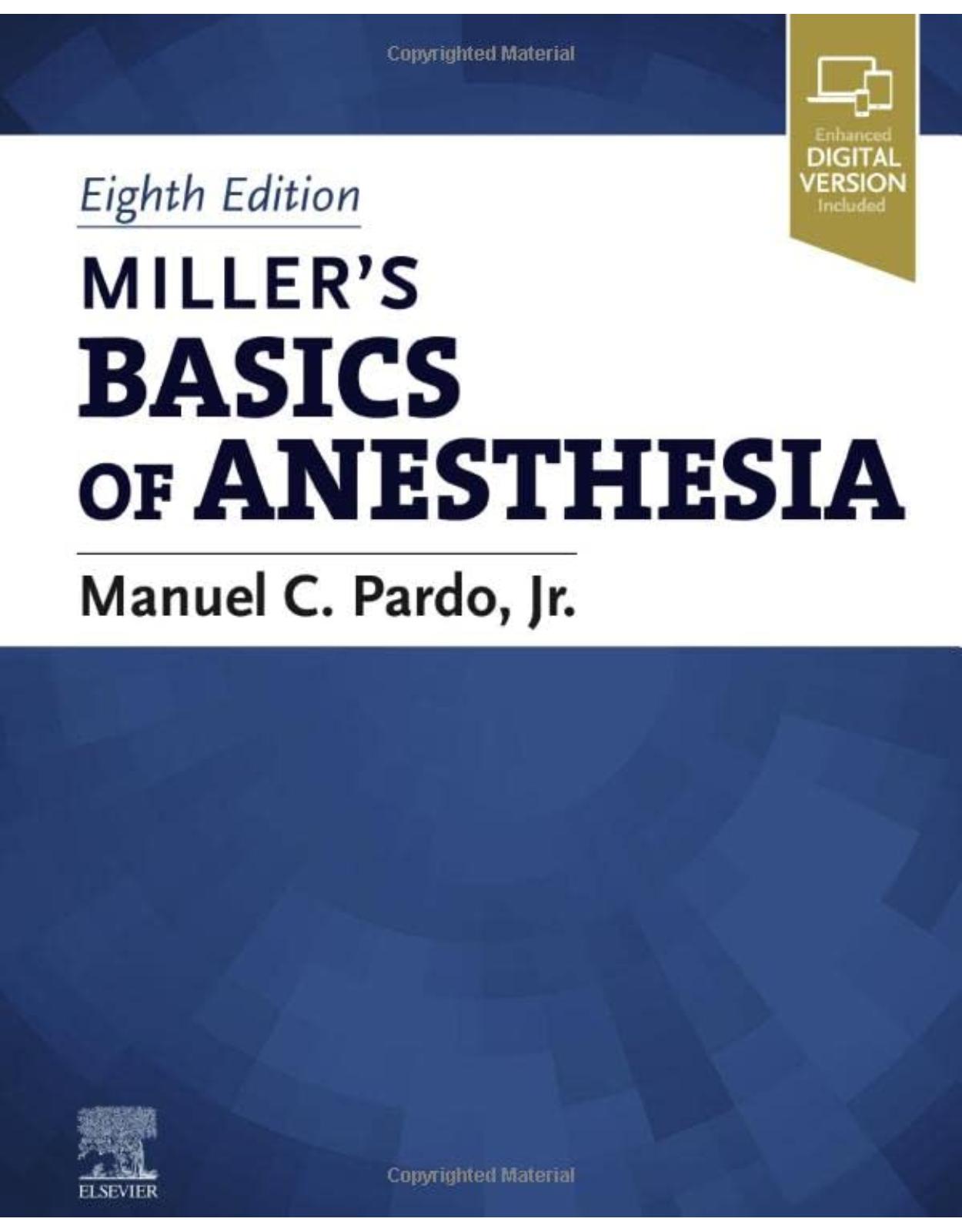
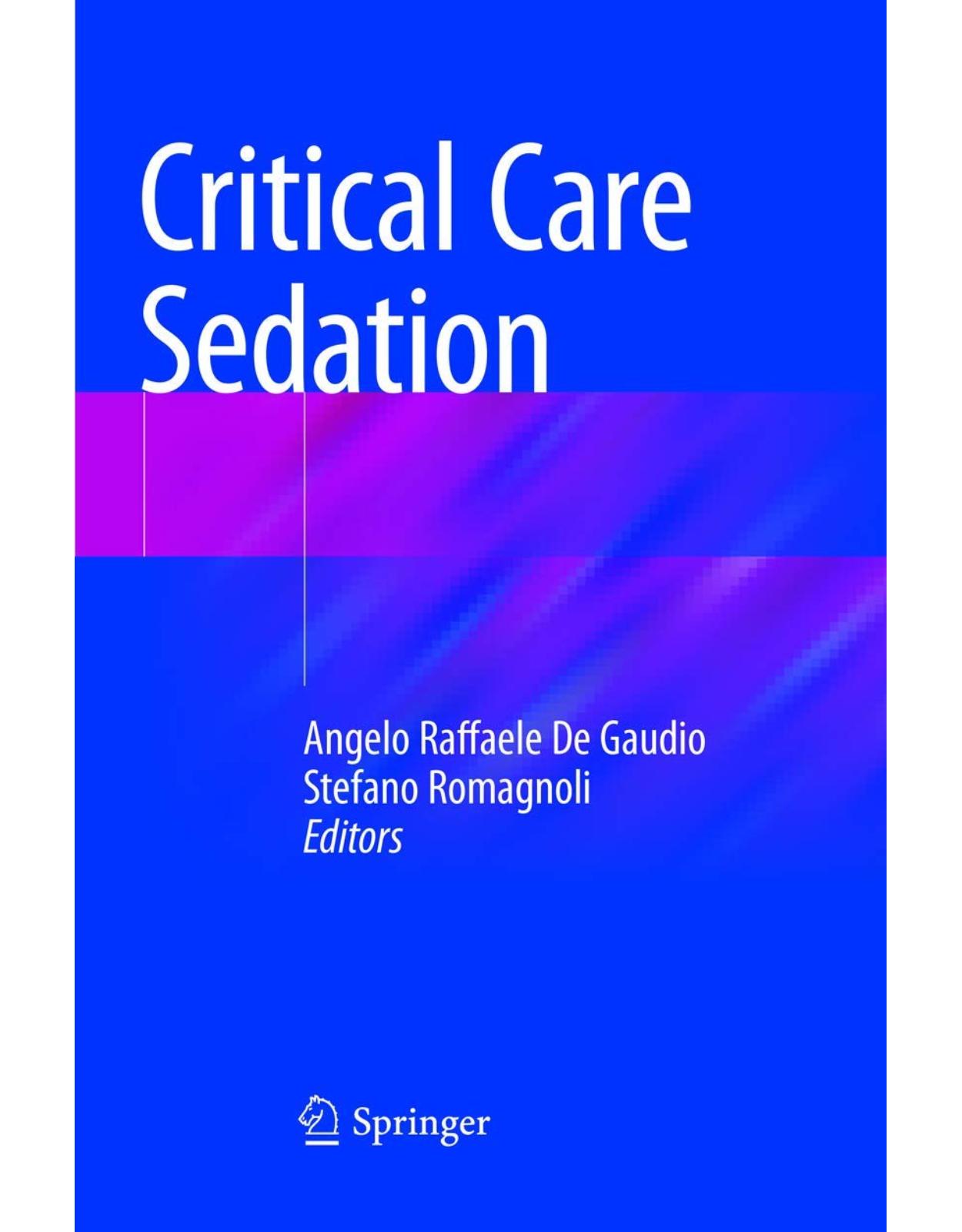
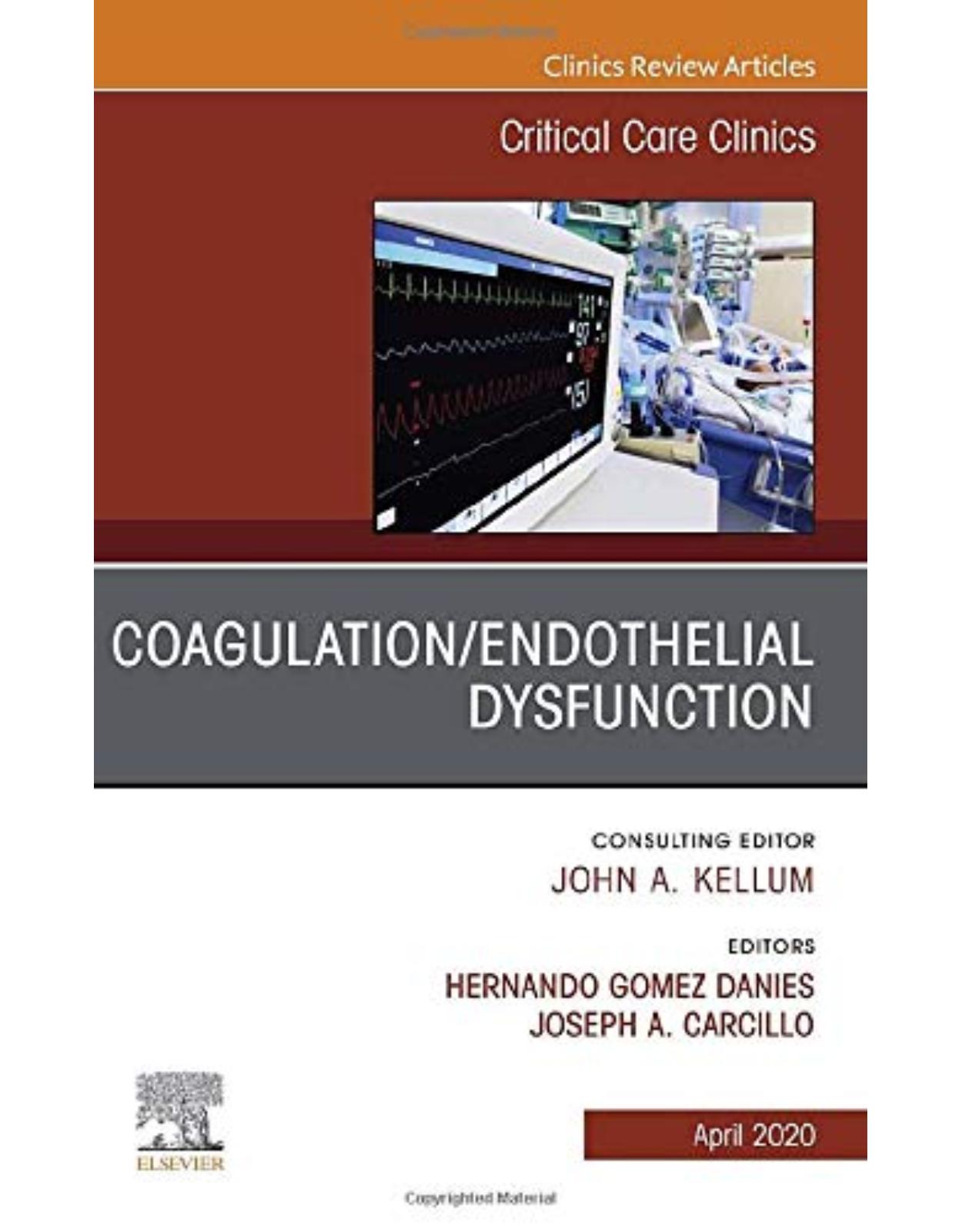
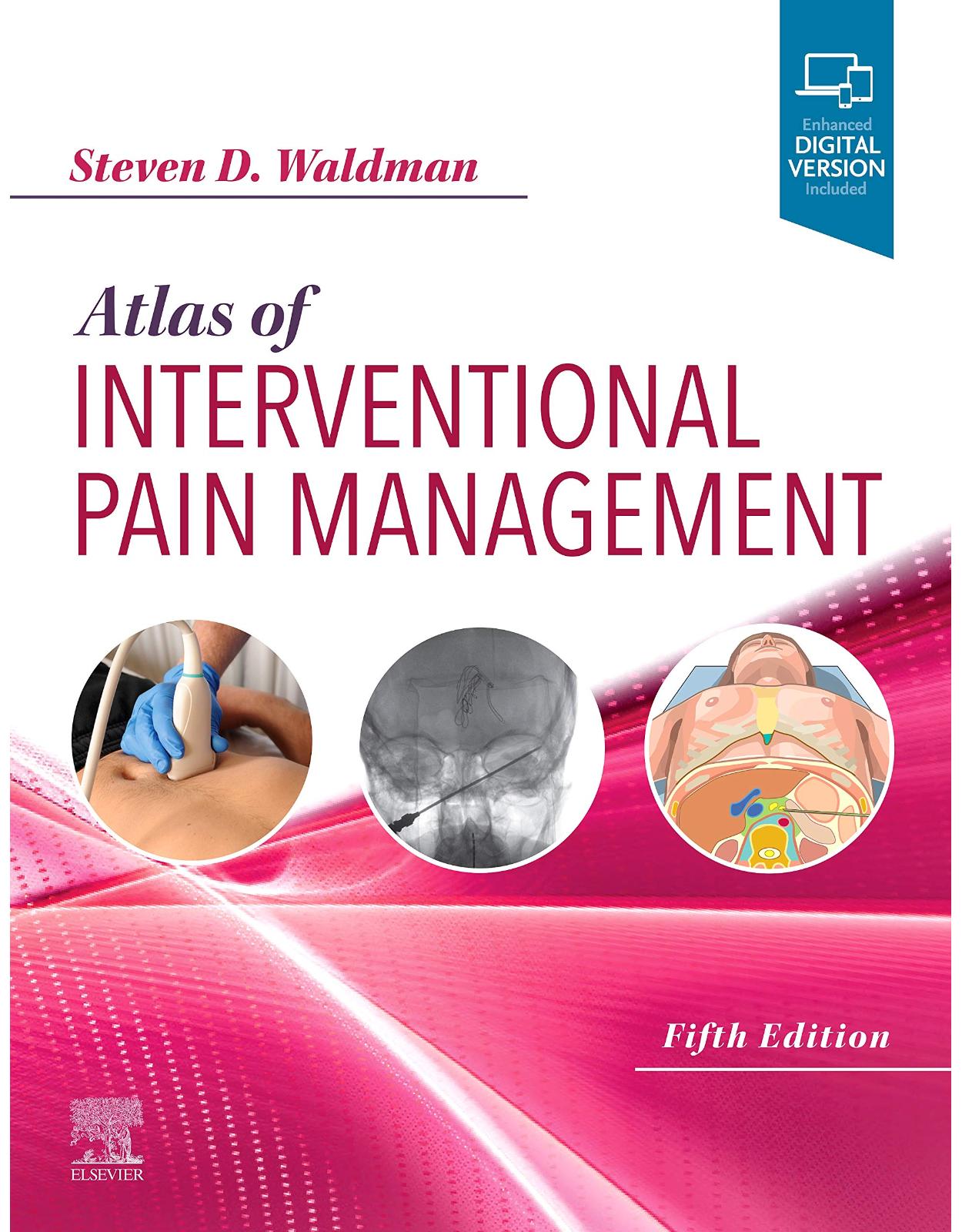
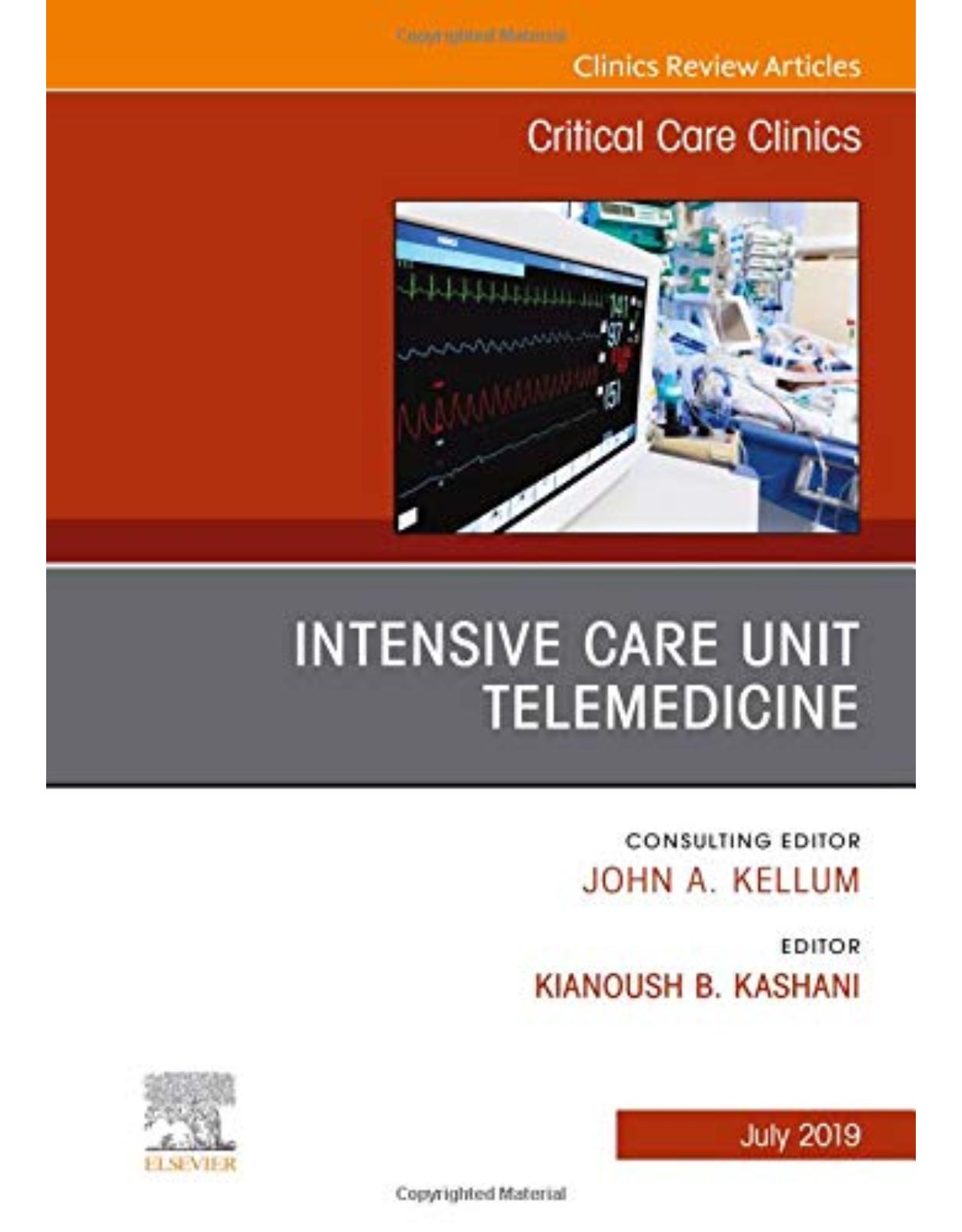
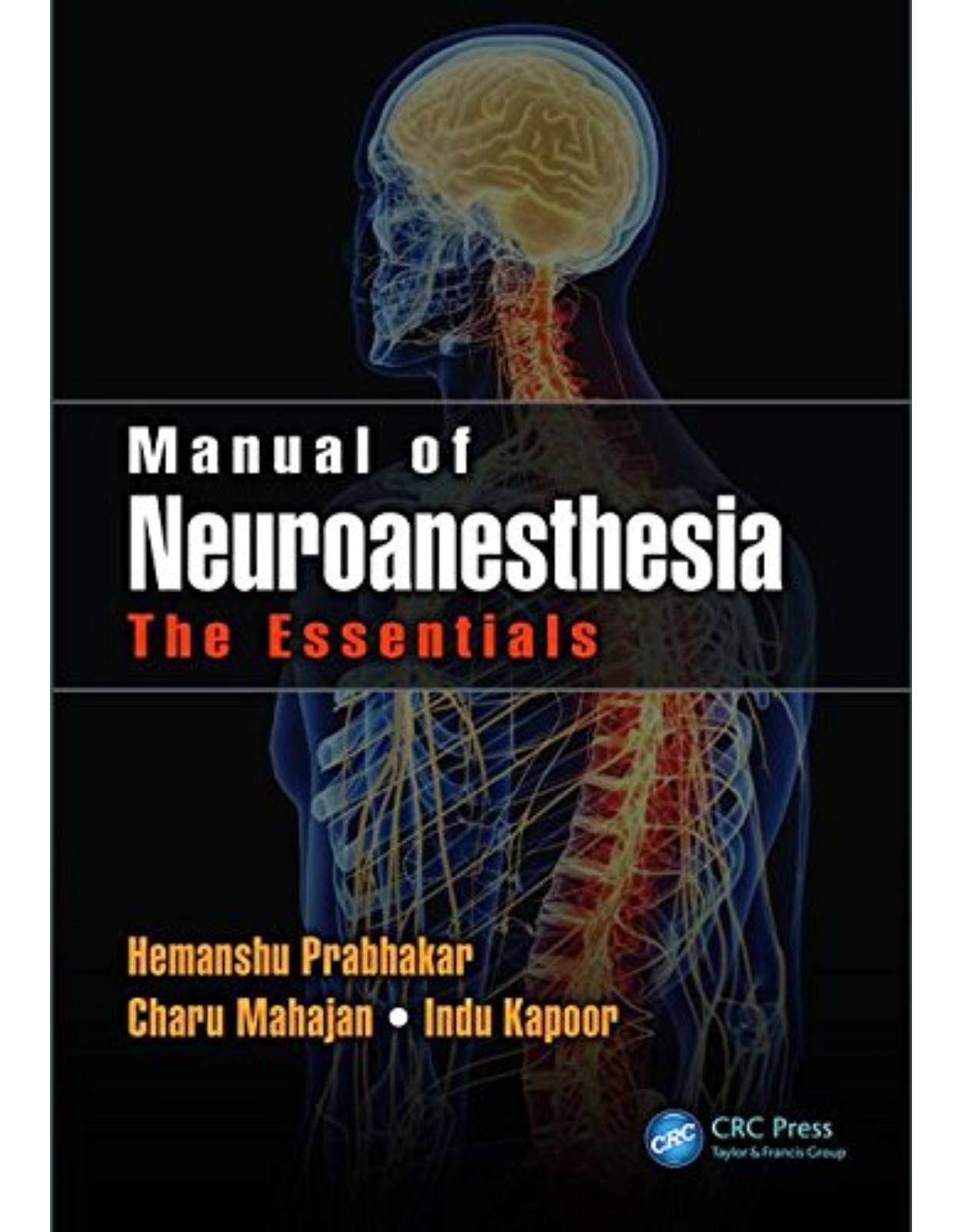
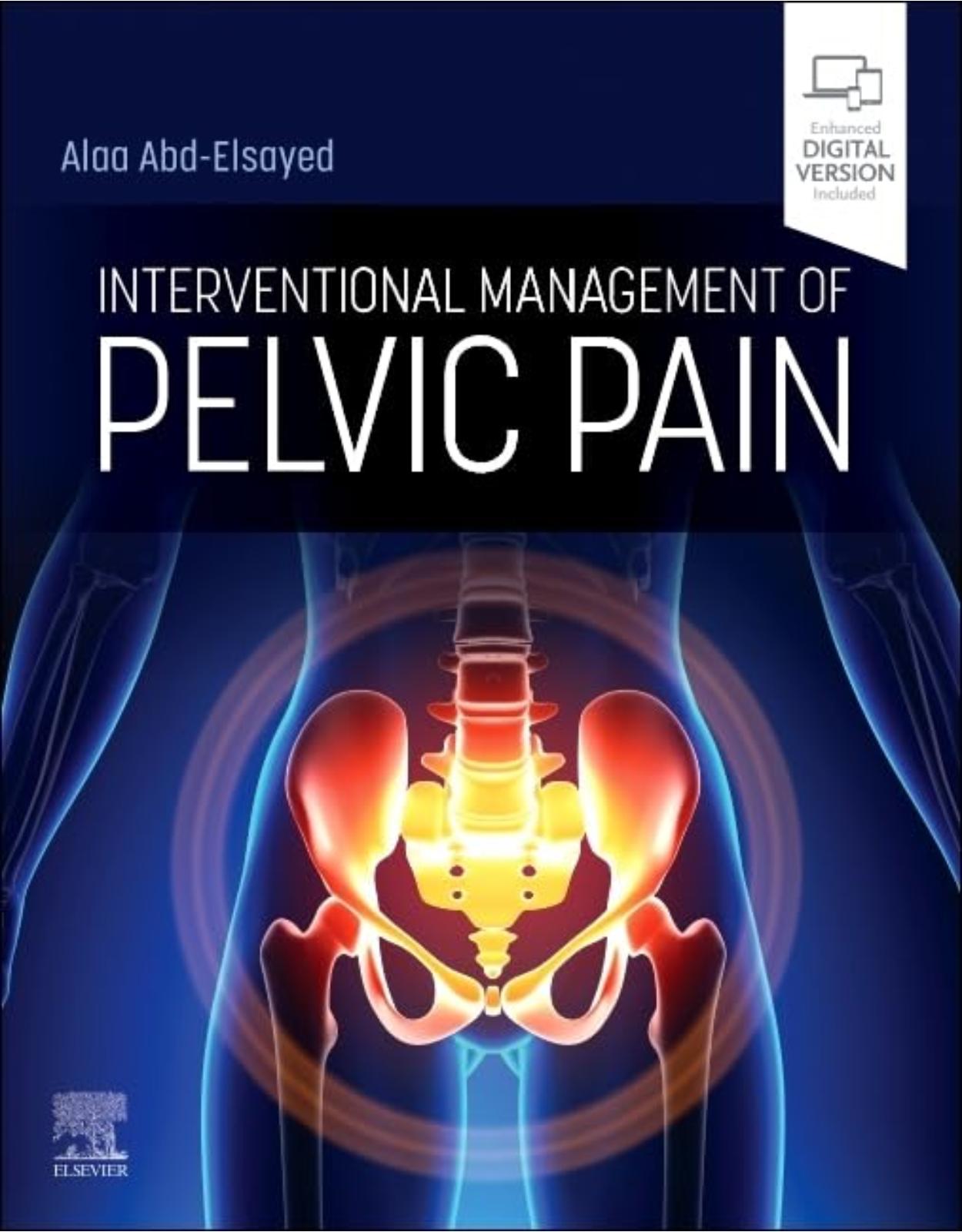
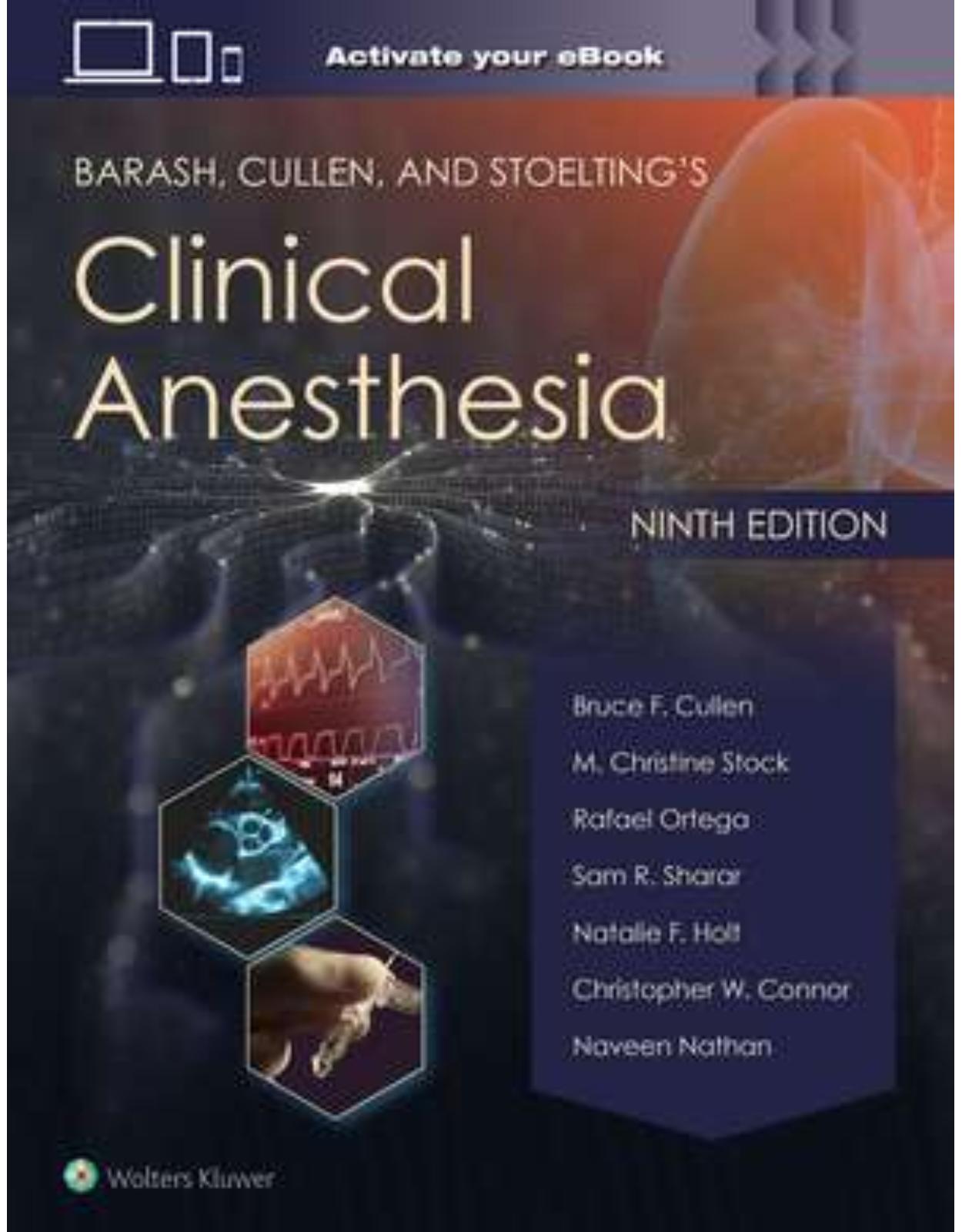
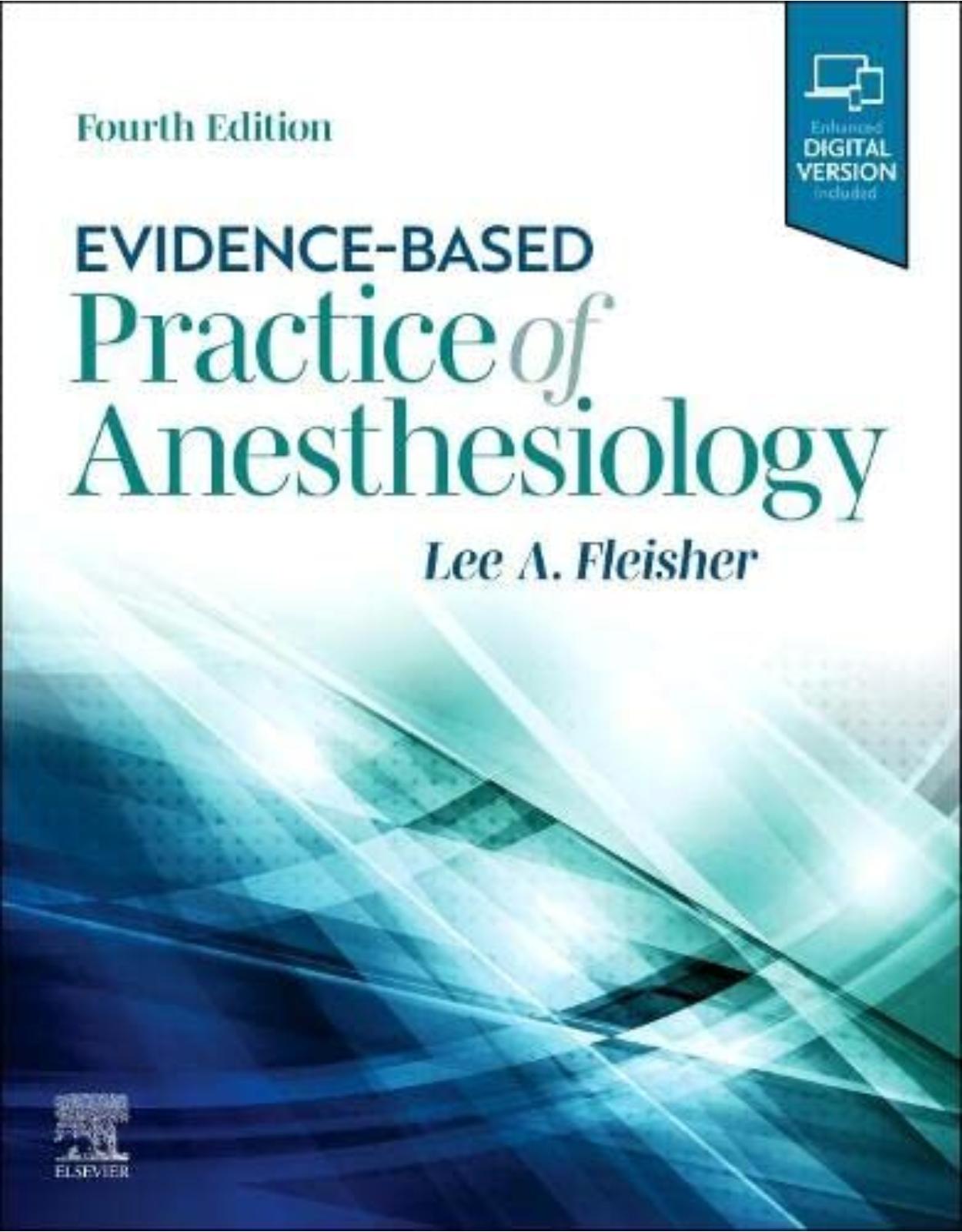
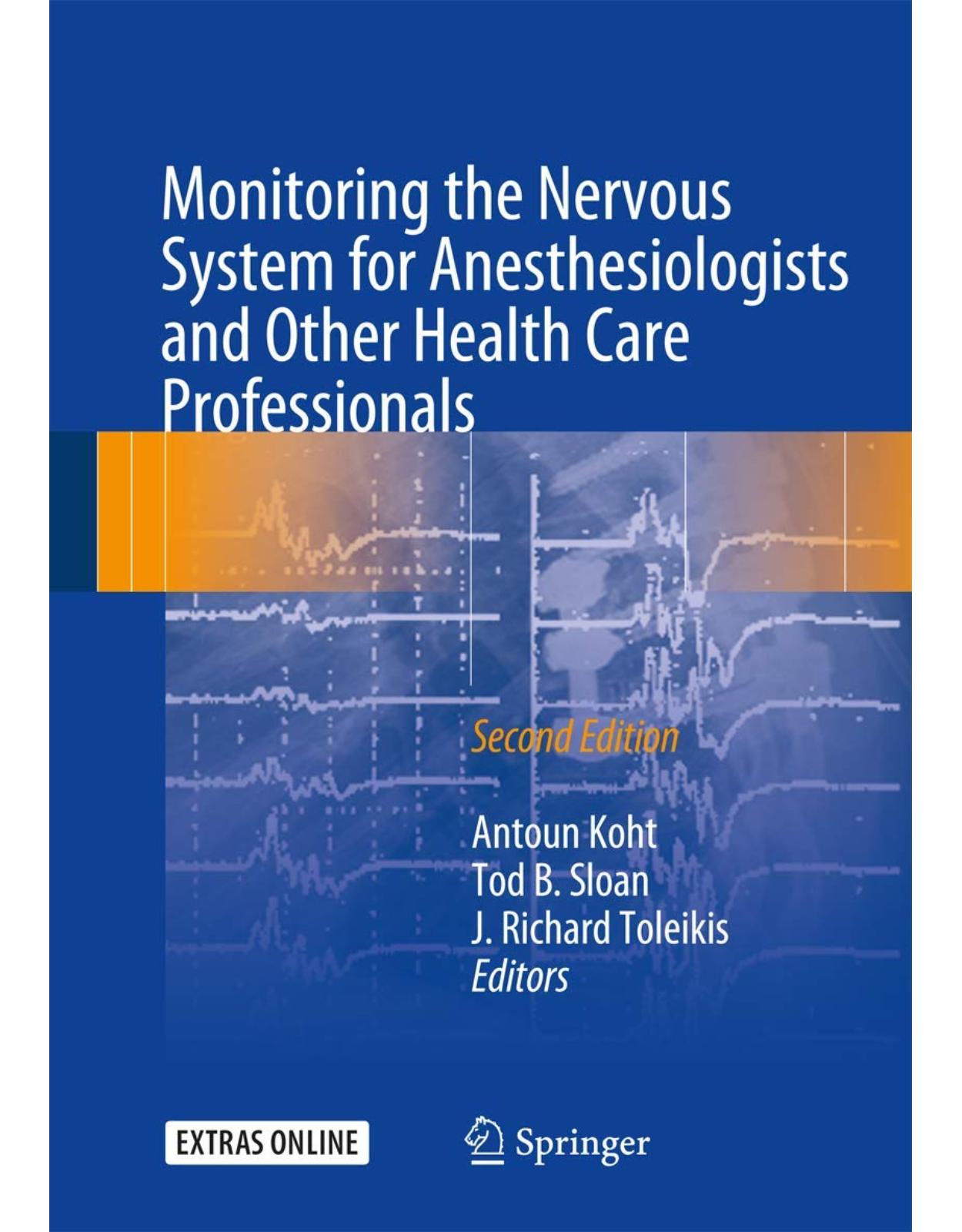
Clientii ebookshop.ro nu au adaugat inca opinii pentru acest produs. Fii primul care adauga o parere, folosind formularul de mai jos.